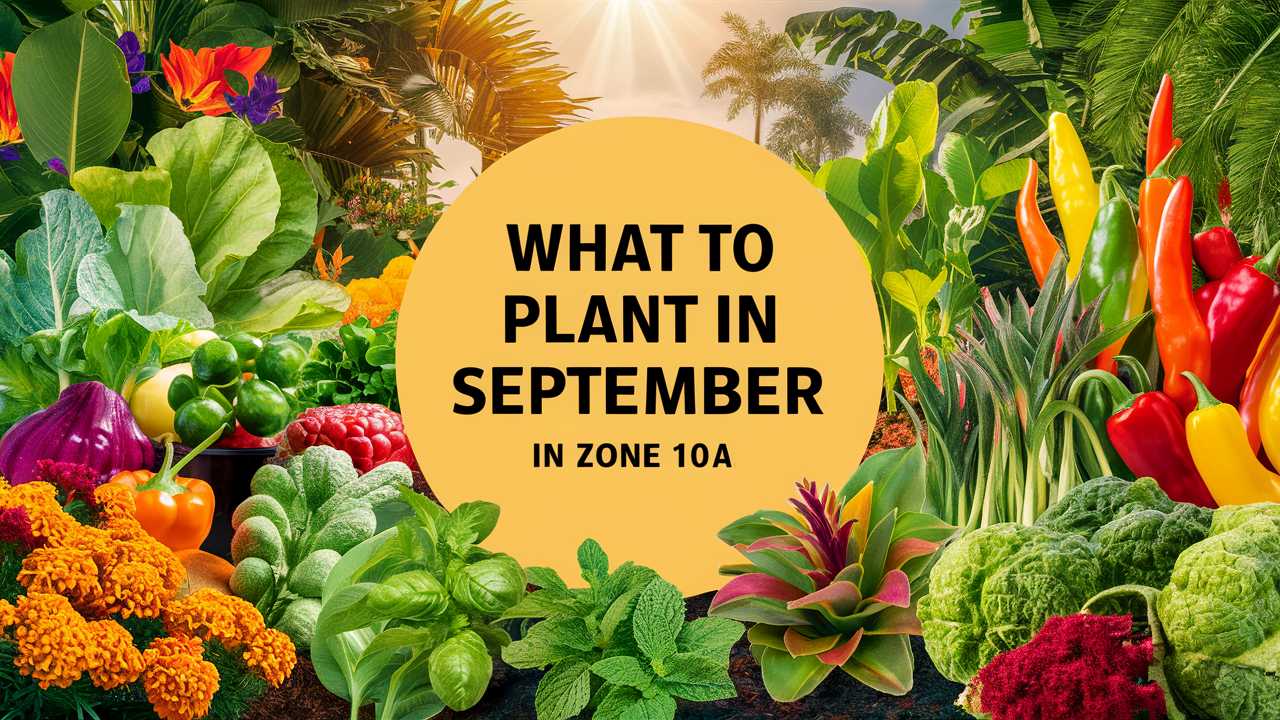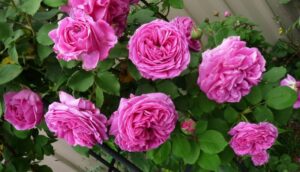In this guide, we’ll cover a rich selection of vegetables, flowers, herbs, and landscape plants that thrive in this zone during September.
Vegetables To Plant
When it comes to vegetables, Zone 10a is particularly forgiving. As the heat of summer recedes, you can start your fall garden by sowing seeds or transplanting seedlings that can withstand cooler temperatures.
Tomatoes
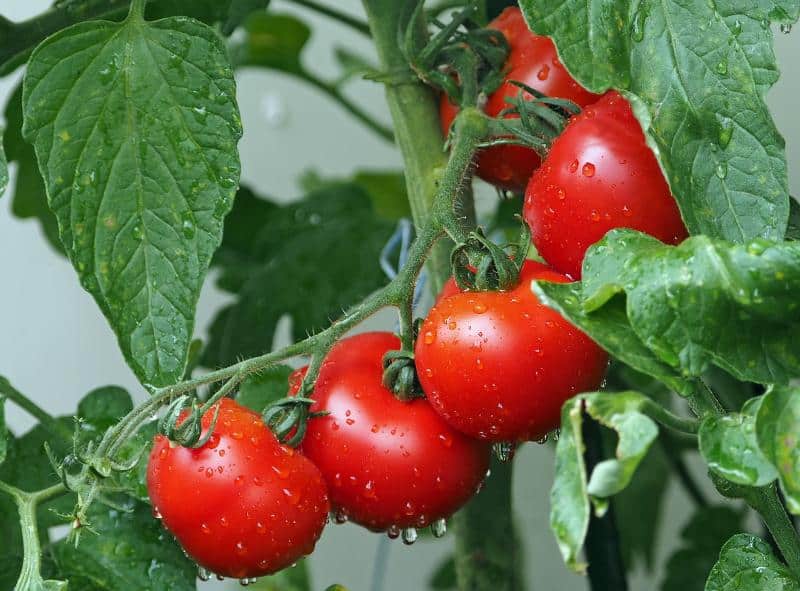
Tomatoes are a staple in many gardens, and September is a prime time to replant or sow new varieties. In Zone 10a, you can plant fast-maturing varieties such as “Early Girl” or “Sun Gold.” These varieties can tolerate nighttime temperatures as low as 50°F, ideal for September’s cooling evenings.
Planting Tips: Start seeds indoors in August, then transplant them in early September for a continuous harvest. Ensure they receive full sun and well-draining soil for optimal growth.
Bell Peppers
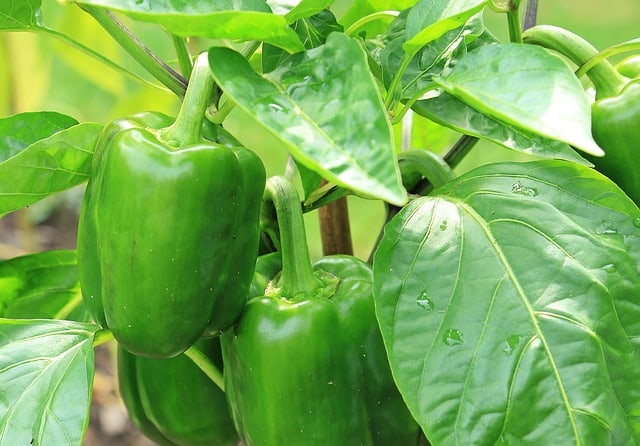
Bell peppers are another great choice for September planting in Zone 10a. They flourish in warm temperatures but can handle the 70°F to 80°F range typical of this time of year. Varieties like “California Wonder” are popular since they mature in around 70-75 days.
Planting Tips: Plant seedlings about 18-24 inches apart in a sunny spot, with soil that is rich in organic material. Regular watering, especially in dry spells, will help them flourish.
Broccoli

Broccoli thrives in the cooler temperatures of fall and can be planted in September, as long as you provide enough moisture and nutrients. It prefers daytime temperatures between 70°F and 80°F, which is typical during this transition.
Planting Tips: Start with transplants for the best results. Space them 18 inches apart in a slightly acidic to neutral soil pH. Keep the soil consistently moist as you start your fall garden.
Carrots

Carrots can be sown directly into the garden in September. This cool-season crop grows best when nighttime temperatures drop. Planting in September allows for a late fall harvest of sweet, crunchy carrots as the sugars concentrate with cooler temperatures.
Planting Tips: Sow seeds directly into well-drained soil about 1/4 inch deep. Thin seedlings to 2-3 inches apart for optimal size. Ensure they are adequately watered for even germination.
Spinach

Spinach is highly tolerant of cooler temperatures and can be sown in September for a bountiful crop. This leafy green performs well when temperatures hover between 45°F and 75°F.
Planting Tips: Plant seeds about 1/2 inch deep and 2-3 inches apart. Spinach prefers rich, well-draining soil and consistent moisture, so regular watering is essential.
Kale
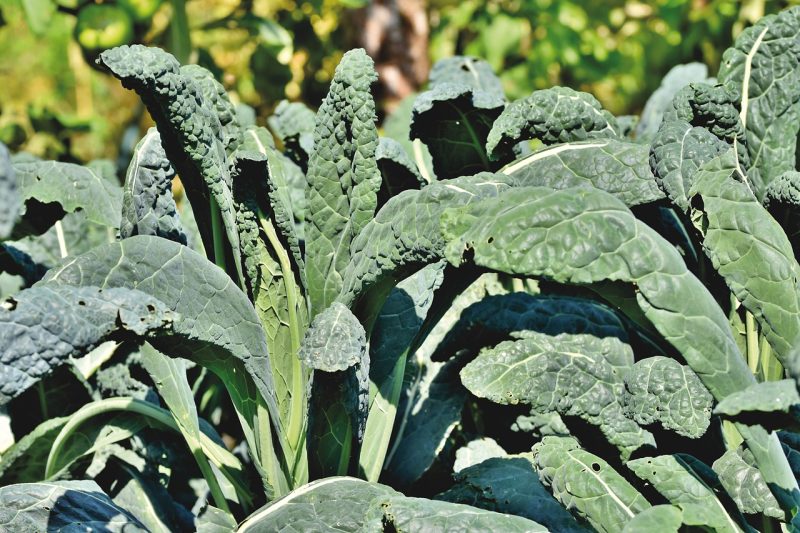
Kale is another cool-weather favorite that can be enjoyed in the fall. Planting in September allows you to take advantage of the plant’s ability to withstand frost—an added bonus as it sweetens in flavor after a light freeze.
Planting Tips: Sow seeds directly in the garden or use transplants for early crops. Space plants 12-18 inches apart and provide them with well-drained soil mixed with compost.
Radishes

Radishes are a quick-growing veggie that can be planted in early September. They thrive in cool weather, making them perfect for fall gardening. Varieties like “Cherry Belle” can mature in as little as 25 days.
Planting Tips: Sow seeds about 1/2 inch deep and 1 inch apart. Radishes prefer full sun and may need protection from heavy rains, which can result in splitting.
Swiss Chard

Swiss chard is a versatile leafy green that can be planted throughout the fall in Zone 10a. It tolerates cooler temperatures and will continue to grow until winter. It’s particularly useful for providing fresh greens even in the cold months.
Planting Tips: Space seeds 4-6 inches apart, as chard grows quite large. Ensure they have plenty of sunlight and moisture for best results.
Beets
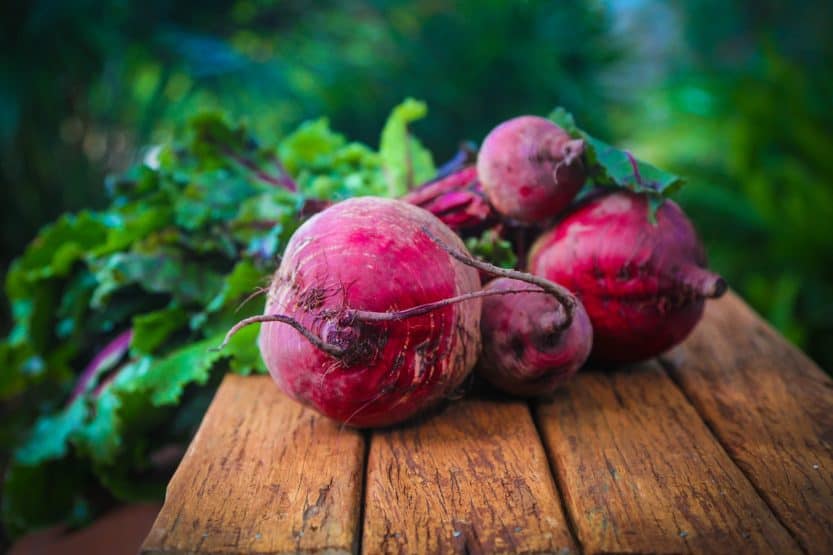
September is a great time to plant beets, which can thrive in the cooler temperatures of fall. They do well when daytime temperatures range from 60°F to 70°F and can withstand some light frost.
Planting Tips: Sow seeds directly into the soil about 1 inch apart. Thin to 3-4 inches apart once seedlings emerge for maximum size and yield.
Turnips
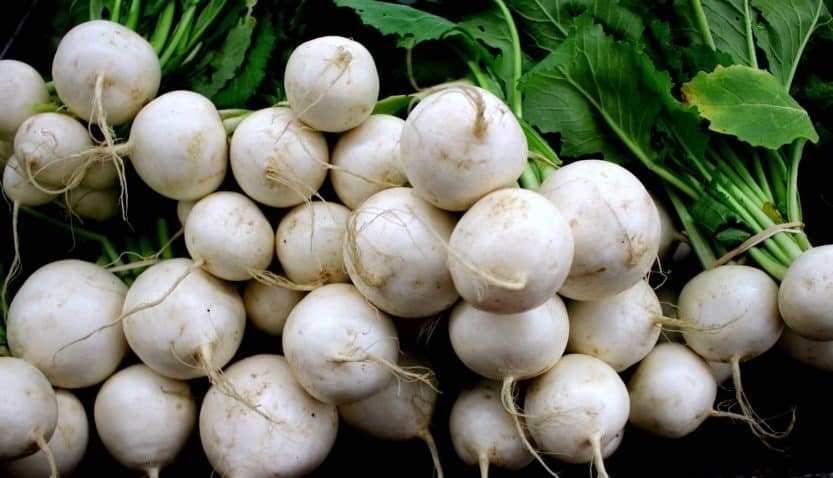
Turnips are another root vegetable that can be successfully planted in September. They tend to grow quickly and are cold-tolerant, making them excellent for fall harvesting.
Planting Tips: Plant seeds about 1/2 inch deep and 2-4 inches apart. Rich, loamy soil with good moisture retention will help turnips grow large and healthy.
Flowers To Plant
Flowers add beauty and vitality to Zone 10a gardens, and September is an ideal time to plant specific varieties that can thrive in the changing climate. Here are ten stunning choices:
Pansies

Pansies are perfect for those looking to add vibrant colors to their gardens in fall. These hardy annuals can survive temperatures down to 30°F, making them resilient as the temperature dips.
Planting Tips: Plant in well-drained soil and provide them with partial to full sun for best blooms. Regular deadheading will promote continuous flowering throughout the season.
Snapdragons
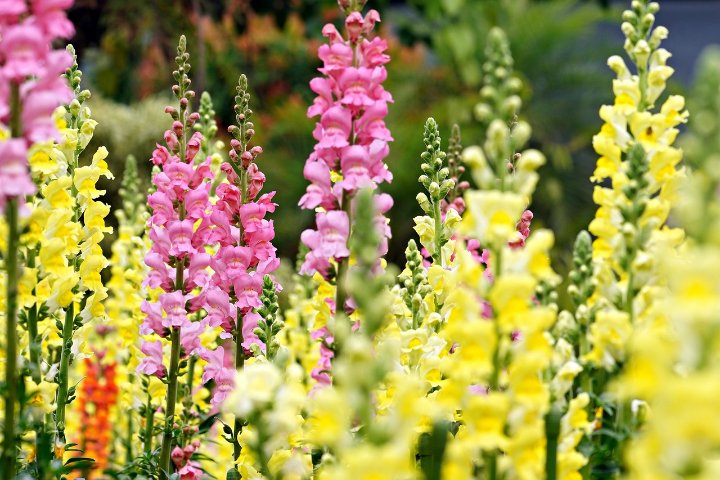
Snapdragons are another excellent choice for autumn planting. They grow well in cooler temperatures and can flourish as the weather gradually cools. They can withstand temperatures as low as 29°F.
Planting Tips: Space snapdragons about 12 inches apart in well-fertilized soil. Pinching back the tips encourages bushier growth and more flowers.
Asters
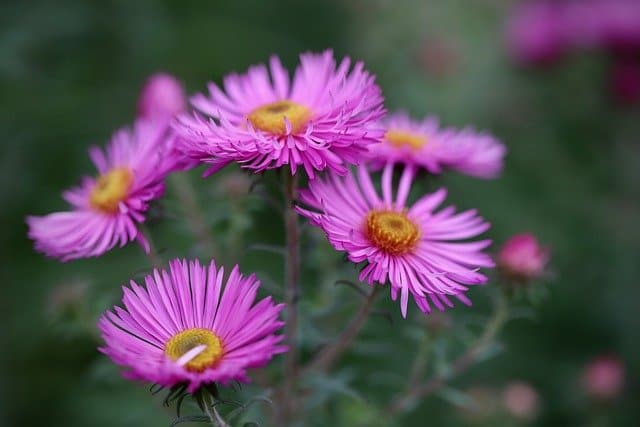
Asters are native flowering perennials that bloom spectacularly as the season changes. They accept cooler fall temperatures and will provide color to the landscape until the first frost.
Planting Tips: Asters prefer full sun and well-drained soil. Water regularly to establish strong roots, and they’ll reward you with vibrant blooms.
Calendula
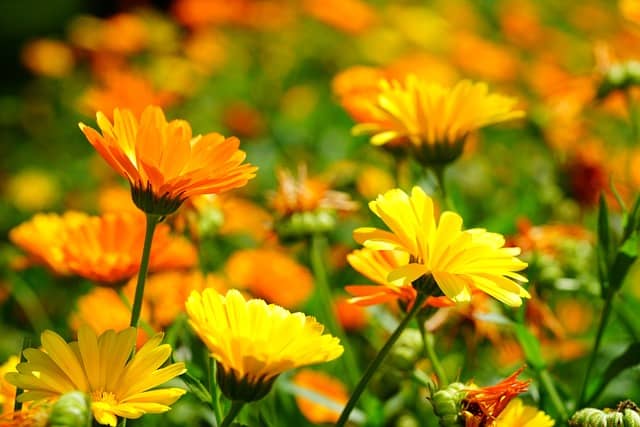
Calendula, also known as pot marigold, is a hardy plant that flourishes in fall. This flower can tolerate frost and continues to bloom under chilly conditions, reaching temperatures as low as 28°F.
Planting Tips: Sow seeds directly in the garden or start indoors. Calendula thrives in full sun and likes to be watered regularly for healthy growth.
Chrysanthemums

Mums are quintessential fall flowers in Zone 10a and are known for their diverse colors. They thrive in cooler temperatures and can survive early frost, making them perfect for late-season planting.
Planting Tips: Plant in rich, well-draining soil with adequate sunlight. Regular trimming helps to promote bushier growth and more blooms.
Ornamental Cabbage and Kale
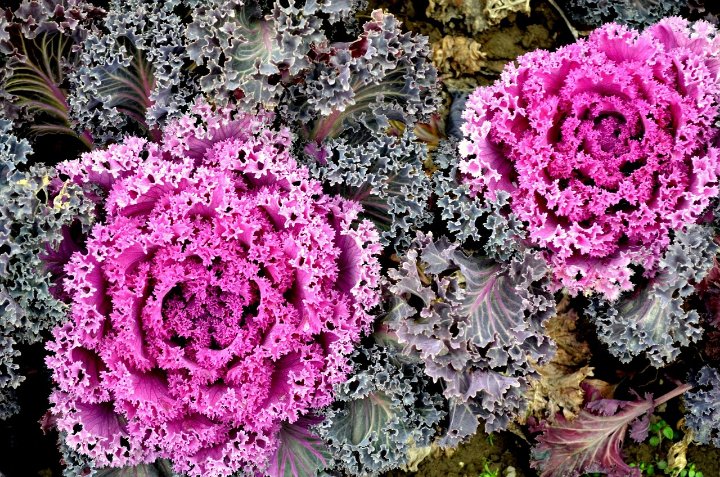
Ornamental cabbage and kale are unique choices that not only provide beautiful foliage but also stand up well to cooler temperatures. They can withstand frost and add a touch of elegance to any garden.
Planting Tips: Plant in well-drained soil in areas that receive full sun. Give them space, as they can grow significantly larger than traditional cabbages.
Gazania
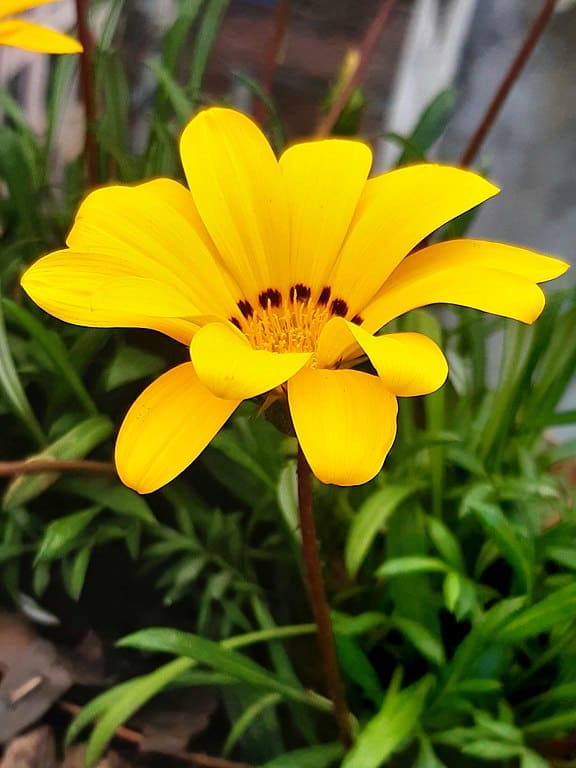
Gazania is a drought-tolerant flower that blooms beautifully in fall. These flowers are perfect for adding late-season color to your garden as they flourish with the cooler temperatures of September.
Planting Tips: Plant in well-drained soil, spacing them 12 inches apart. Gazanias thrive in full sun, and they require minimal care once established.
Sweet Alyssum
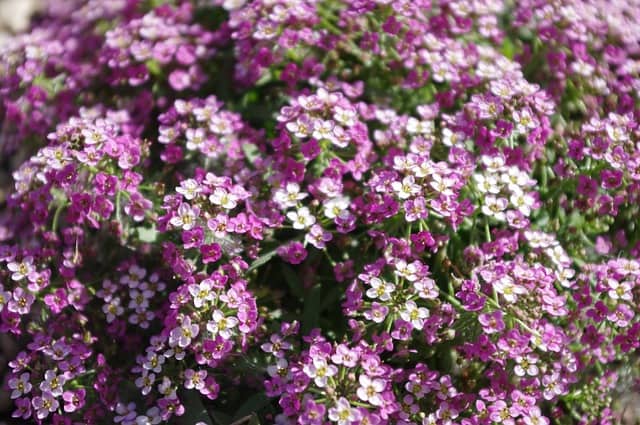
Sweet Alyssum is a delightful low-growing flower that covers the ground with clusters of tiny blooms. It can tolerate light frosts and thrives in cooler temperatures, making it suitable for September planting.
Planting Tips: Plant seeds in well-drained soil and in a spot that receives full sun to partial shade. Regular watering will keep them healthy and thriving.
Dusty Miller
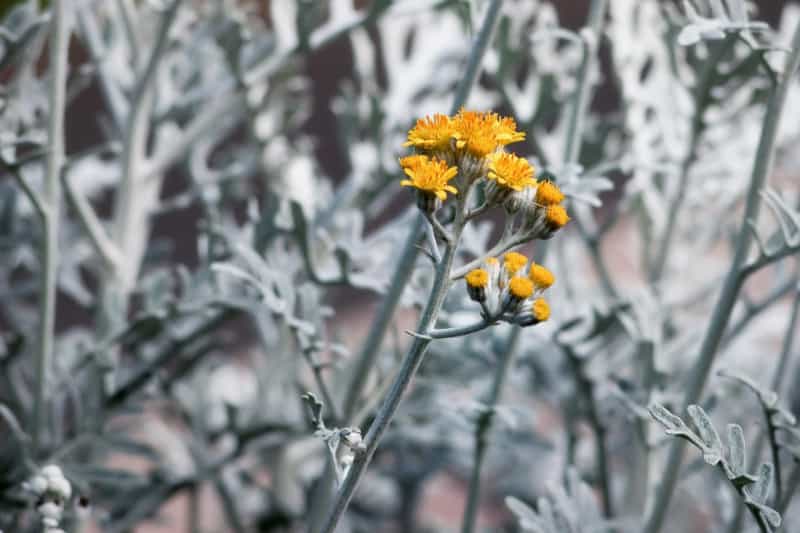
Dusty Miller is a perennial with silvery foliage that serves as a beautiful backdrop to colorful flowers in your garden. This hardy plant can tolerate cool temperatures and even frost, adding texture to your landscape.
Planting Tips: Space them about 12 inches apart in well-drained soil and full sunlight. They can tolerate poor soil conditions but thrive with regular watering.
Herbs To Plant
Herbs are a great addition to any garden, particularly in Zone 10a where the climate allows for a continuous supply. Planting herbs in September can provide a green bountiful supply for your kitchen throughout the cooler months.
Basil
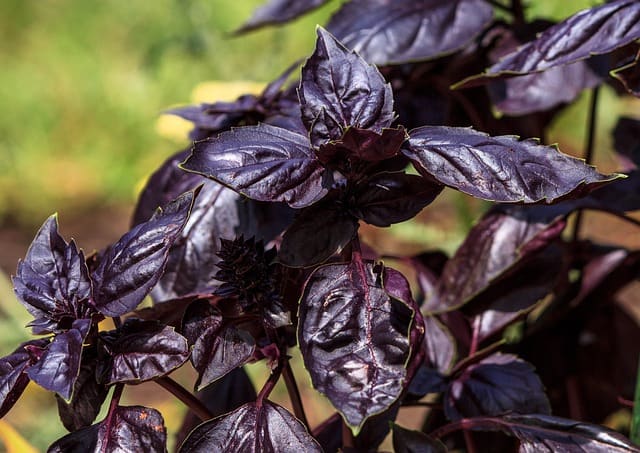
While basil prefers warmth and may suffer with cold, September is still a good month for planting slow-bolting varieties, as you can enjoy a few more weeks of warm temperatures.
Planting Tips: Seed indoors in peat pots to get a head start or sow directly in the garden. Ensure they receive full sun and plenty of moisture during the warmer days.
Cilantro

Cilantro thrives in cooler temperatures, making September the optimal time for seeding directly. It loves mild weather and can cope well with the beginning of fall.
Planting Tips: Sow seeds directly into the garden about 1/2 inch deep and spaced 2-4 inches apart. Keep the soil moist, and you’ll have fresh cilantro to enjoy for your dishes.
Dill
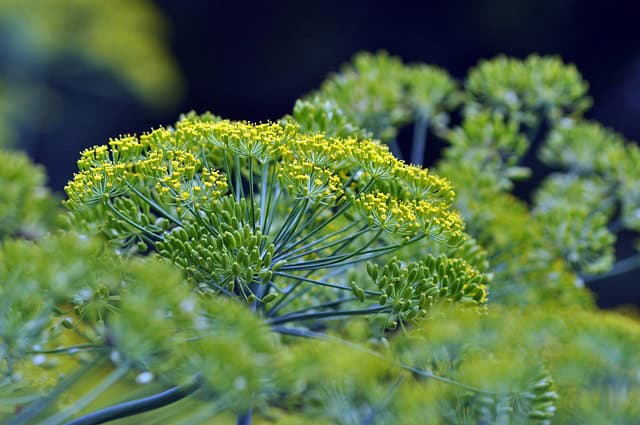
Dill is another herb that appreciates the milder weather in fall. Planting in September will produce a strong harvest into the cooler months, giving you fresh dill to flavor many dishes.
Planting Tips: Sow seeds directly into well-drained soil in full sun. Space them 12 inches apart—dill grows tall, benefiting from room to spread.
Chives
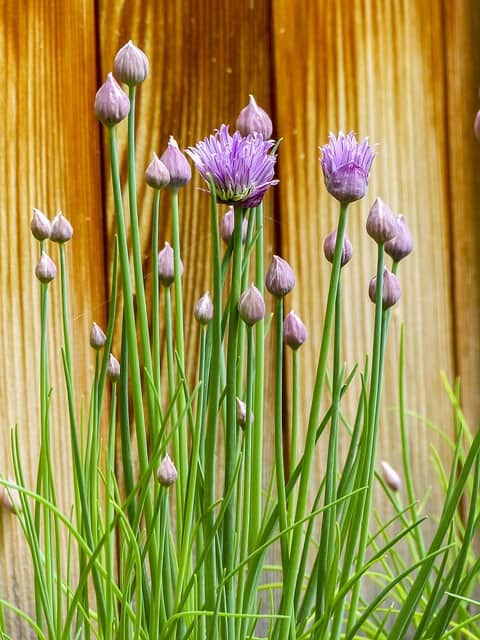
Chives are a perennial herb that thrives in the cooler temperatures of fall. They will flourish in September and can provide fresh greens well into winter.
Planting Tips: Plant chive seeds or divisions in rich, well-drained soil with full sun. They don’t require much moisture, making them low-maintenance.
Oregano

Oregano is a hardy herb that can withstand the cooler temperatures and is also drought-tolerant. September is an ideal time to plant this versatile culinary herb.
Planting Tips: Space oregano plants about a foot apart in a sunny location. They thrive in well-drained soil and require only occasional watering.
Parsley

Parsley thrives in cooler weather and can be sown directly into the garden in September. It will provide a continual harvest of fresh leaves as long as temperatures remain mild.
Planting Tips: Sow seeds 1/4 inch deep and keep them moist. Parsley prefers rich, well-draining soil, and it benefits from regular watering.
Thyme
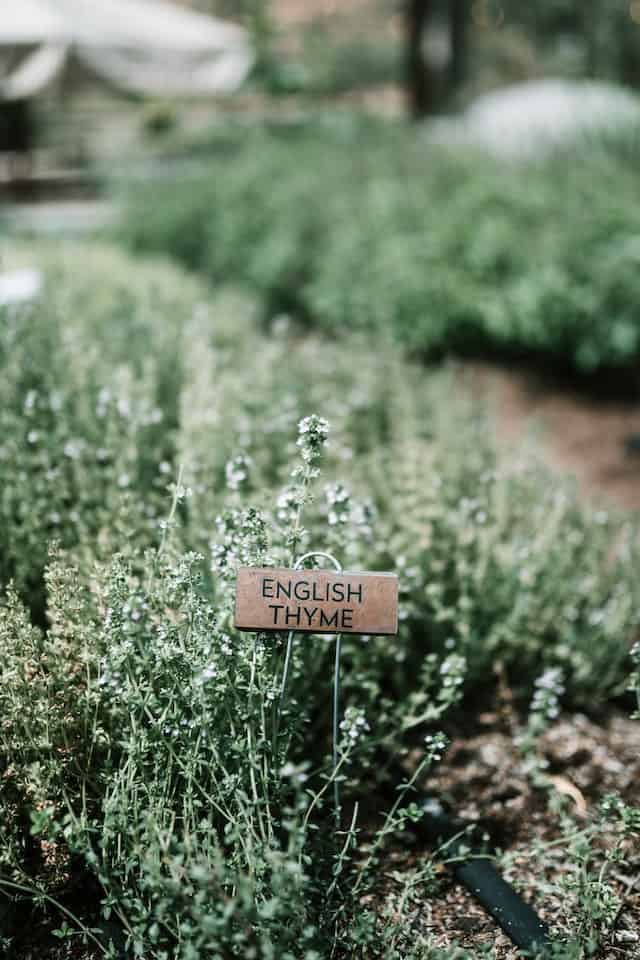
Thyme is another herb that can handle cooler temperatures, making September planting easy in Zone 10a. This hardy perennial can survive light frosts and even thrive in well-drained areas.
Planting Tips: Plant thyme in sandy or loamy soil with full sun exposure. Space them 12-18 inches apart, as they will spread out as they grow.
Sage

Sage is a perennial herb that not only tolerates cooler weather but can benefit from it. Planting in September ensures you’ll have a crop ready before the deepest frost.
Planting Tips: Space sage plants about 24 inches apart in full sun. Sage prefers poor soil and regular trimming promotes bushiness.
Mint
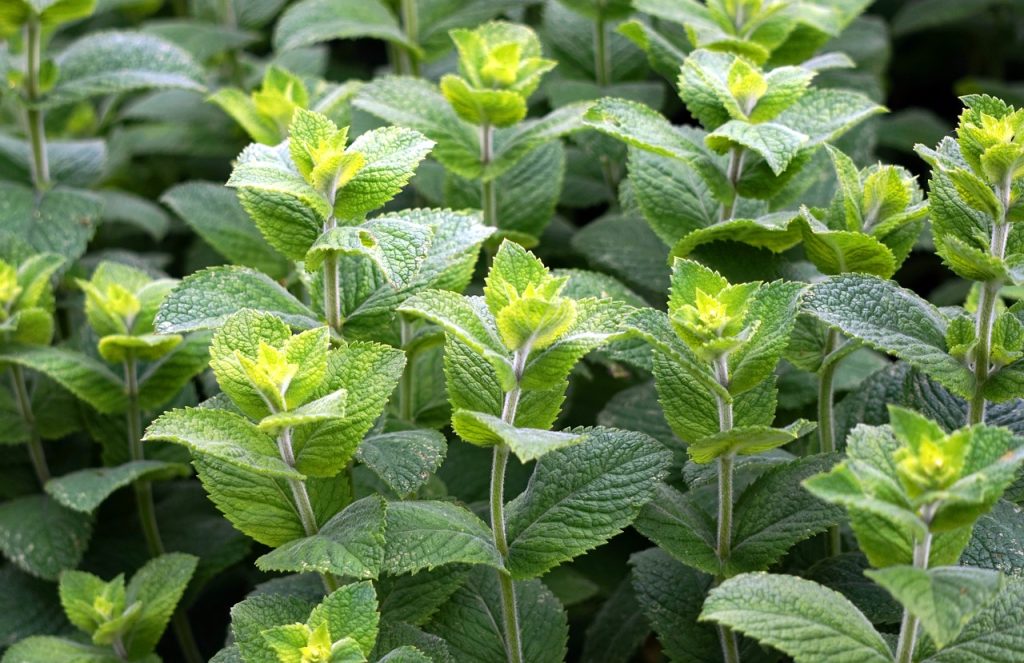
Mint is robust and can take over if not contained, but it thrives in cooler months and can be planted well into September. Its aroma and flavor are perfect for many culinary uses.
Planting Tips: Plant mint slightly apart in rich, moist soil. It prefers partial sun but can thrive in moderate conditions.
Landscape Plants To Plant
As September rolls in, landscaping plants can revitalize your garden and provide a beckoning entrance to your home. Zone 10a offers a range of plants that can beautify your space throughout the year.
Bougainvillea
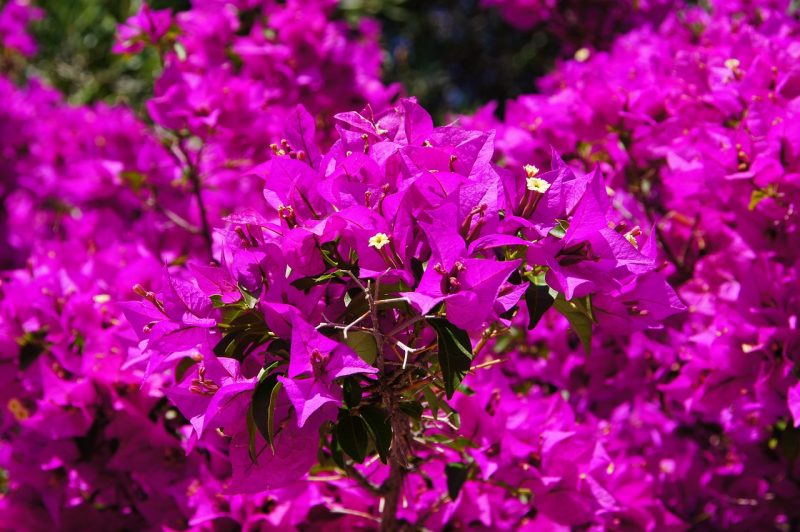
Bougainvillea is a striking tropical vine that is perfect for covering walls, fences, or trellises. While it love warm temperatures, it also thrives in the cooler temperatures of September.
Planting Tips: Bougainvillea requires well-draining soil and full sun exposure. Space plants at least 3 feet apart for good airflow and growth.
Lantana
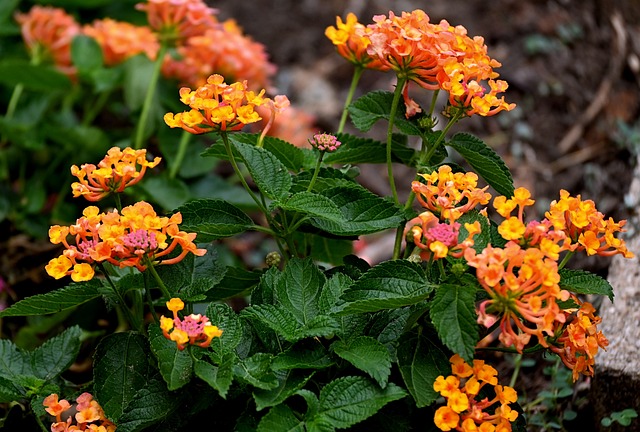
Lantana is a tough, drought-tolerant flowering plant that can brighten up your landscaping. It thrives in warm weather but can tolerate the cooler evenings that come with September.
Planting Tips: Space lantana plants about 2-3 feet apart in well-draining soil with full sun exposure for maximum blooming.
Plumbago
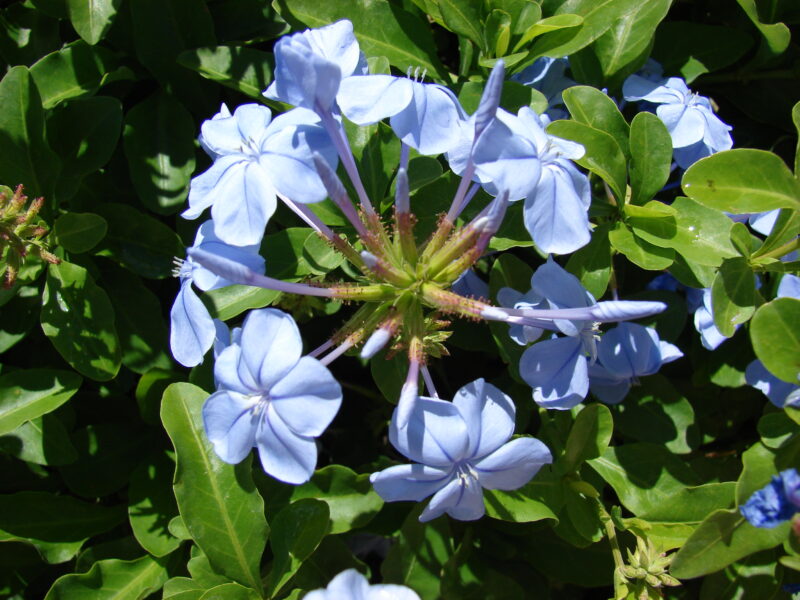
Plumbago is a cherished flowering shrub that thrives in the subtropical climate of Zone 10a. Its stunning blue flowers bloom profusely throughout the fall and into winter.
Planting Tips: Choose a sunny, well-draining spot and water regularly until established. Plumbago can spread, so consider spacing.
Aloe Vera
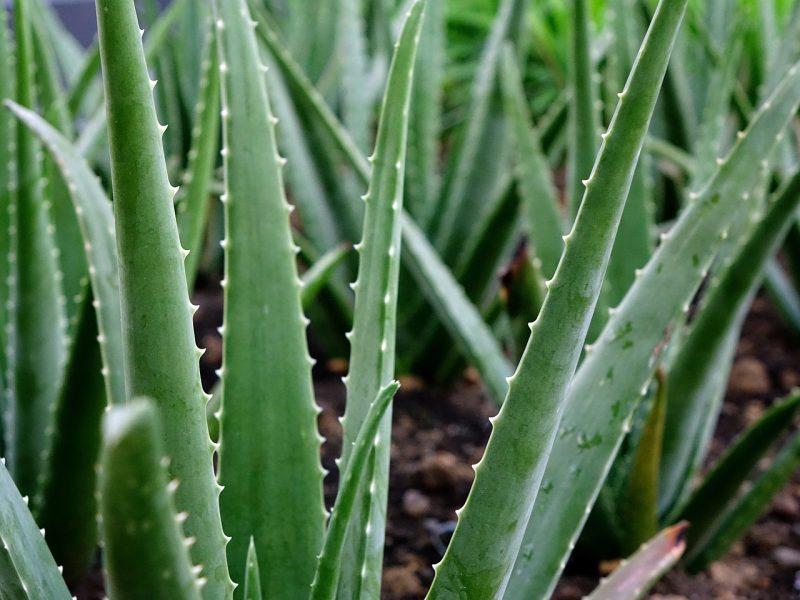
Aloe Vera is not only a useful medicinal plant but also a beautiful addition to any garden landscape. It thrives well in well-drained soil, making it perfect for September planting.
Planting Tips: Ensure it receives full sun but protect it from harsh cold. Aloe is drought-tolerant, but young plants need regular watering until established.
Ornamental Grasses
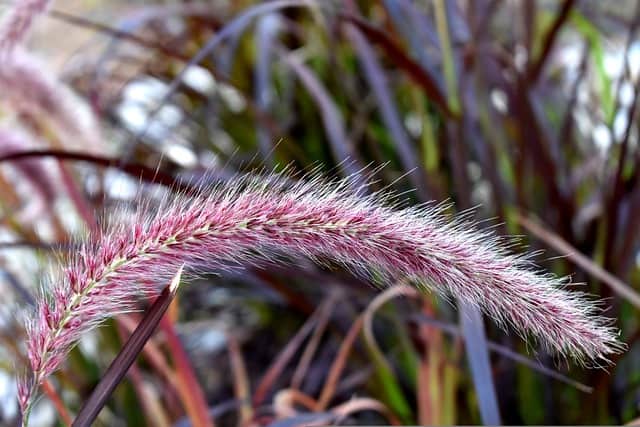
Ornamental grasses provide year-round interest and texture in landscaping. They generally tolerate cooler temperatures and can be planted in September to establish themselves before winter.
Planting Tips: Space these grasses depending on the variety—some can reach 3-4 feet. Provide full sun and well-drained soil for best growth.
Hibiscus
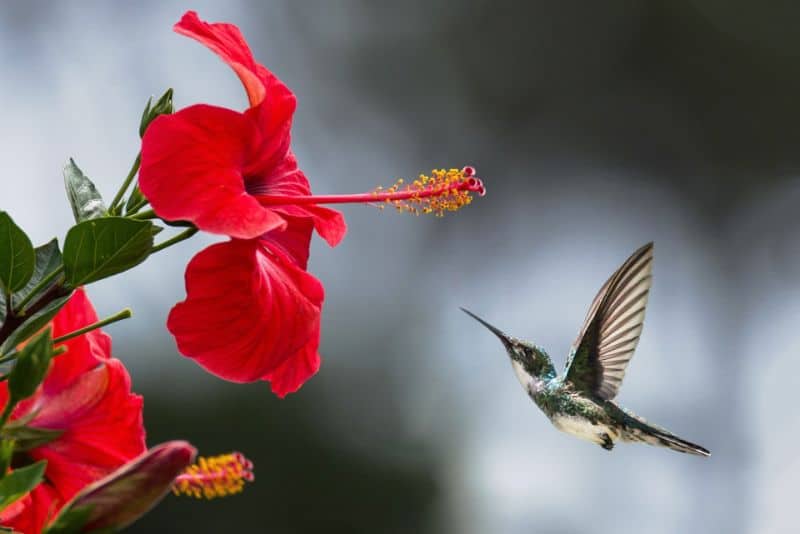
Hibiscus is a tropical flowering plant that blooms beautifully in September. Its vibrant colors add joy to any garden, and it can thrive in the cooler autumn temperatures.
Planting Tips: Plant hibiscus in full sun, allowing them enough space (3-4 feet) to grow. Regular watering is essential to maintain their beauty.
Indian Hawthorn

Indian Hawthorn is a weather-hardy shrub that produces stunning flowers and berries. The cooler September weather encourages new growth and flower formation.
Planting Tips: Space them 3-4 feet apart. They thrive in well-drained soil, with moderate watering required for optimal health.
Cape Honeysuckle
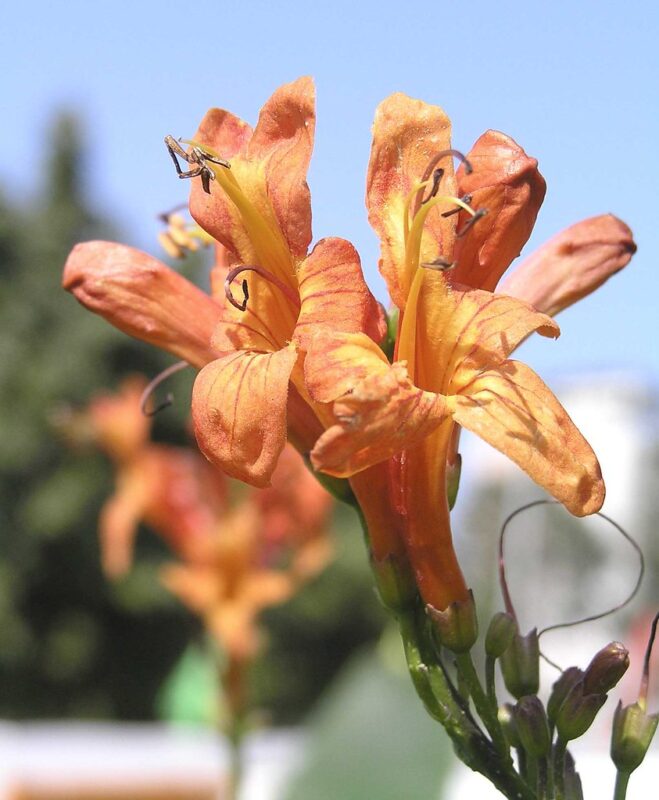
This fast-growing, sprawling vine or shrub can add beauty and lushness to your garden. Cape Honeysuckle can thrive in milder fall temperatures and can bring vibrant color with its unique flowers.
Planting Tips: Select a sunny location and prepare well-drained soil. Space them well, as they can spread widely.
Red Yucca
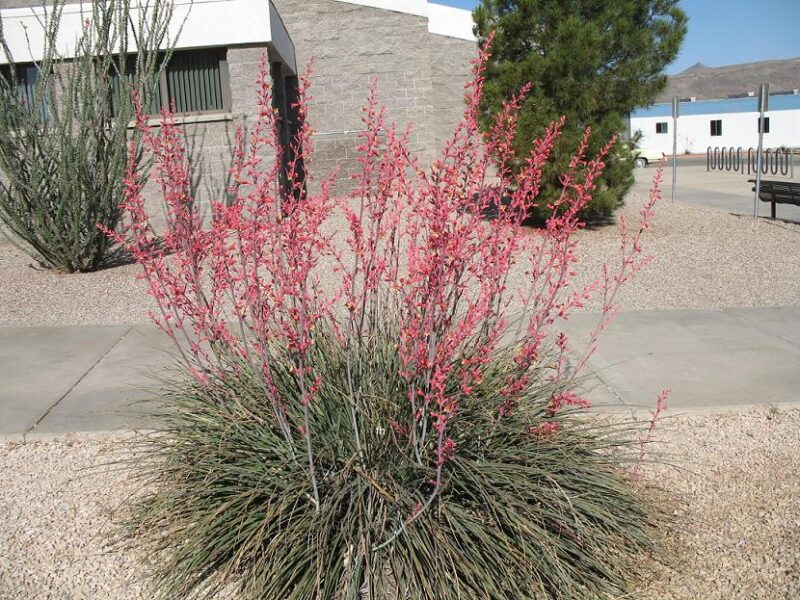
Red Yucca adds striking architectural interest to any garden with its spiky foliage and tall flower spikes. It adapts well to a variety of conditions, making it perfect for planting in September.
Planting Tips: Place in full sun and well-drained soil, ensuring that it won’t sit in water. Sparse watering helps in establishing the plants as it is drought-tolerant.


